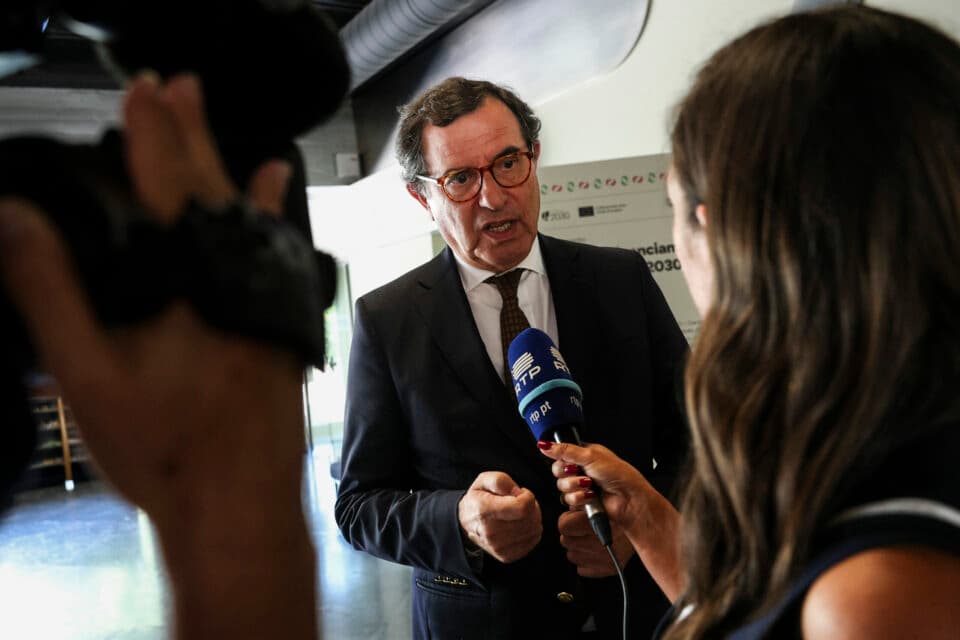Prime Minister Vows to Accelerate Portugal's High-Speed Rail Development
The Portuguese government has issued a strong commitment to expedite the construction of its national high-speed rail network, a strategic infrastructure project aimed at connecting Lisbon and Porto and linking the country to Spain. During an official visit to Japan on Friday, Prime Minister Luís Montenegro emphasized the project's importance for the national economy and environmental sustainability after traveling on the Tokyo-Osaka bullet train. He pledged to "accelerate as much as possible and not delay further" the execution of the high-speed lines, signaling a new phase of determination for the long-awaited development. The policy's objective is to modernize Portugal's transportation backbone and enhance its integration within the broader European network, with significant implications for commerce and mobility.
The government's strategic initiative focuses on a multi-phase implementation. The first and most critical phase is the connection between Portugal's two main metropolitan areas, Lisbon and Porto. The Prime Minister detailed that this section is already advancing, with preparatory work such as land expropriations for the route currently in progress. This initial focus is designed to address the most significant domestic travel corridor, reducing transit times and fostering closer economic ties between the north and south of the country. The implementation strategy will then proceed to the international connections, which are considered vital for positioning Portugal as a key logistics and travel hub in Southwestern Europe.
Following the completion of the Lisbon-Porto axis, the timeline includes advancing the Porto to Vigo, Spain, line, which is described as being "already on the ground," and the highly anticipated connection from Lisbon to Madrid. Mr. Montenegro specified that the Lisbon-Madrid line would be directly integrated with the new Luís de Camões airport, creating a seamless transit route for international travelers and goods. The budget for these extensive projects is substantial, drawing from a combination of national funds and European Union financing allocated for strategic infrastructure. The government has stated that it is exploring all available funding mechanisms to ensure a swift and efficient rollout without compromising fiscal stability.
The policy is expected to have a wide-ranging impact, affecting various population groups and geographic areas. Beyond the primary hubs of Lisbon and Porto, intermediate cities along the proposed routes are projected to experience significant economic stimulus and development. The government's plan includes stakeholder consultations with municipalities and regional businesses to maximize the benefits and mitigate potential disruptions. Political support for the project is broad, though debates continue regarding specific route alignments and station locations to ensure equitable distribution of the project's advantages across different regions.
Need Expert Guidance?
Get personalized insights from verified real estate professionals, lawyers, architects, and more.
The expected economic and social impacts are at the forefront of the government's rationale. Officials project that the high-speed rail will not only boost tourism and business travel but also encourage decentralization by making it more feasible for professionals to live outside the major urban centers. An official from the Ministry of Infrastructure noted, "We are not just building a railway; we are creating new economic corridors and opportunities for regional development." The project is also a key component of Portugal's environmental commitments, as shifting traffic from roads and air to electric-powered rail is expected to significantly reduce the nation's carbon footprint. "The transport sector is a major focus of our decarbonization strategy, and the TGV is central to that effort," the official added.
Monitoring and evaluation frameworks are being established to track the project's progress against its ambitious timeline and budget. The government has assured that transparency will be a priority throughout the procurement and construction phases. The initiative is also seen in the context of international best practices, with the Prime Minister's visit to Japan serving as an opportunity to learn from one of the world's pioneers in high-speed rail. While there is some political opposition centered on the project's cost and potential environmental impact in sensitive areas, the governing coalition maintains that the long-term benefits far outweigh the challenges. The legislative agenda in the coming months is expected to include further measures to streamline the administrative and regulatory processes necessary to keep the project on its accelerated track.
Understand policy impacts on your Portugal property plans at realestate-lisbon.com.






